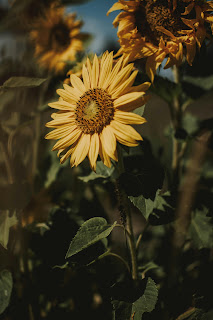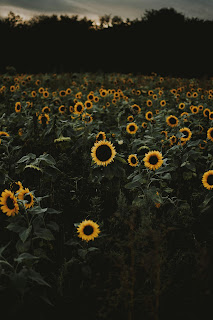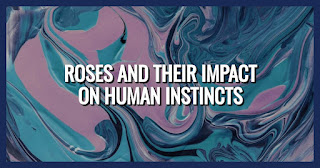Roses have been a stimulus of the human mind for hundreds of years, acting as a catalyst in emotional and cultural life. Of course, it is not merely for their magnificent beauty that roses can constitute a strong response but rather because of deeper psychological and evolutionary reasons. Here are the top five reasons roses trigger human instincts:
Evolutionary Attraction to Symmetry and Color
Symmetry:
Human beings naturally like symmetry because it relates to health and genetic fitness. The rose has symmetrical petals, and its complex structure draws on this instinctive attraction.
Color Meaning:
Roses are available in several colors, each color having its emotional and cultural meaning. The bright red of a typical rose is a sign of love and passion and appeals to very basic human instincts. In an evolutionary sense, the more brilliant the colors of nature are, the more desirable, hence our possible underlying attraction- a ripe fruit, a healthy mate
Scent and memory link.
Olfactory influence:
The smell of a rose is inextricably linked to our olfactory sensory input, which is inextricably linked to memory and emotion. The smell of a rose instantly recalls memorized emotions as part of a potent instinctive response.
Pheromones and Attraction:
Rose perfume shares similarities with some pheromones, which are actually chemicals that signal about attraction and mating. This partly explains why roses have been so consistently associated with romance and love.
Cultural and Historical Symbolism
Universality of the Rose:
Centuries have grown roses as a symbol of love, beauty, even secrecy-as in "sub rosa." It is within this cultural embedding with roses that deep, effective triggering of human emotions and instincts can occur.
Mythology and Religion:
Roses are often part of different mythologies and religious tales, usually for divine or mystic love. These deep-rooted associations account for the strong emotional responses that roses create.
Connection to Life and Mortality
Ephemeral Beauty:
The transient nature of a rose in bloom-beautiful, yet short-lived-parallels the life and death experience of humans. It can stir deep-seated instincts concerning the appreciation of beauty and the inevitability of change.
Life Cycles Symbolism:
A rose is a good representation of the stages of life, from budding youth to full bloom and then the adulthood phase to the withering associated with aging. This kind of metaphor is instinctive and does say much about the life cycle of an organism.
Thorns and protection instinct
Duality of Beauty and Danger:
A rose's thorns are symbolic of duality-beauty attracts human instincts, yet it is dangerous. It triggers an instinctive cautiousness while drawing us near, in tactual function highlighting complex aspects of human attraction.
Survival Mechanism:
Thorns, too, are symbolic of a protection mechanism in nature representing the human instinct to guard what is of worth-be it life, love, or even beauty. As a result, this figurative cross-delivery of meaning grows with an emotional weight that roses carry with respect to our instincts.
Roses provide a unique combination of aesthetic value, fragrance, and symbolism that really strikes a chord in human instincts by drawing connections to our evolutionary past and cultural heritage. Roses have remained one of the most resilient elicitors of emotion and instinct throughout the ages and across cultures by reason of their symmetry, scent, or symbolic meanings.







.jfif)









.png)
.jfif)